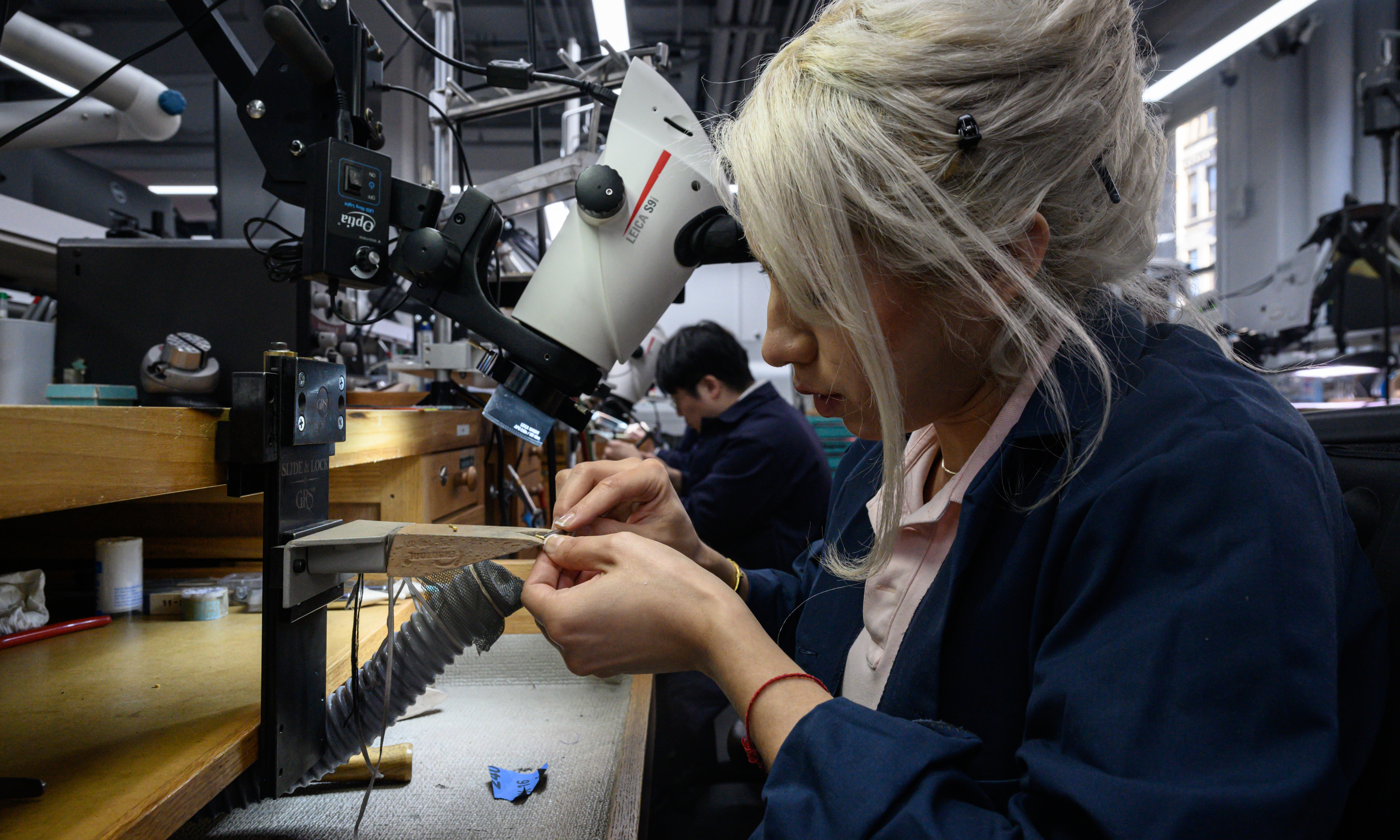WASHINTON: US job gains topped expectations in October, according to official data released Friday, as hiring remained resilient and wages moved ever higher, underscoring the challenges in lowering rampant inflation. The data comes days ahead of critical midterm elections, where decades-high inflation has propelled economic issues to the top of voters’ minds and President Joe Biden faces a battle to avoid losing control of both chambers of Congress.
The figures will provide little comfort to the Federal Reserve, which has been battling to cool the economy, as policymakers fear high prices will become entrenched and rising pay will create an upward spiral-inflicting more harm on families and businesses. American employers added 261,000 workers last month, far more than economists had forecast, though the pace was lower than the 315,000 increase in September, which was revised much higher than originally reported by the Labor Department. The jobless rate rose two-tenths to 3.7 percent, according to the closely-watched US employment report. Biden cheered the data which showed 10 million jobs have been created since he took office in January 2020, but he recognized the hardship Americans face due to higher prices.
“Inflation is our top economic challenge... The global inflation that is raging in other countries is hitting us as well,” Biden said in a statement on Friday. He said policymakers will “do what it takes to bring inflation down.” Average hourly earnings for private sector workers jumped another 12 cents or 0.4 percent last month, to $32.58, the report said.
Wages have increased 4.7 percent over the last 12 months as firms have had to compete to find and retain workers in the tight labor market. That pace is slightly slower than in September, which the Fed will welcome, but many employees are pushing for increases to avoid losing ground to elevated consumer costs. US markets rallied following the latest data, which raised hopes of a soft landing for the economy. Major indices closed higher on Friday, despite the Fed’s pledge that interest rates will need to rise further to quell inflation.
‘Softening’
“The bottom line here is that the labor market is softening, but has not yet reached the point where the data are screaming at the Fed to stop tightening,” said Ian Shepherdson, chief economist at Pantheon Macroeconomics, in an analysis. But if employment trends continue, markets will start to push policymakers to “rethink the idea of continued hikes next year,” he added.
The data showed notable job gains in health care, professional and technical services, and manufacturing. The Fed has raised borrowing rates six times this year to cool demand, but there have been few signs it is having an impact on consumer spending or inflation. The central bank said this week that it would have to continue hiking rates, although that has raised the risk that the world’s biggest economy will suffer a downturn.
But Susan Collins, president of the Boston Federal Reserve Bank said she sees a chance to accomplish the task of reining in price increases without completely putting the brakes on growth. While inflation so far is only slowly drifting down, “I do not believe a significant slowdown is required to accomplish our goal,” she said in a speech in Washington on Friday. But she stressed that the Fed must continue to act as “current levels of inflation are simply too high, and are taking a significant toll on households and firms.”
While the policy tightening normally would be expected to lead to job losses, economists say employers are reluctant to shed workers that they struggled to find. “The data are still showing strong positive momentum in the labor market which is not yet showing much adjustment in response to a rapid tightening of monetary policy,” said Rubeela Farooqi of High Frequency Economics. “These data will keep the Fed on track to keep raising rates into restrictive territory,” she said in an analysis. — AFP











